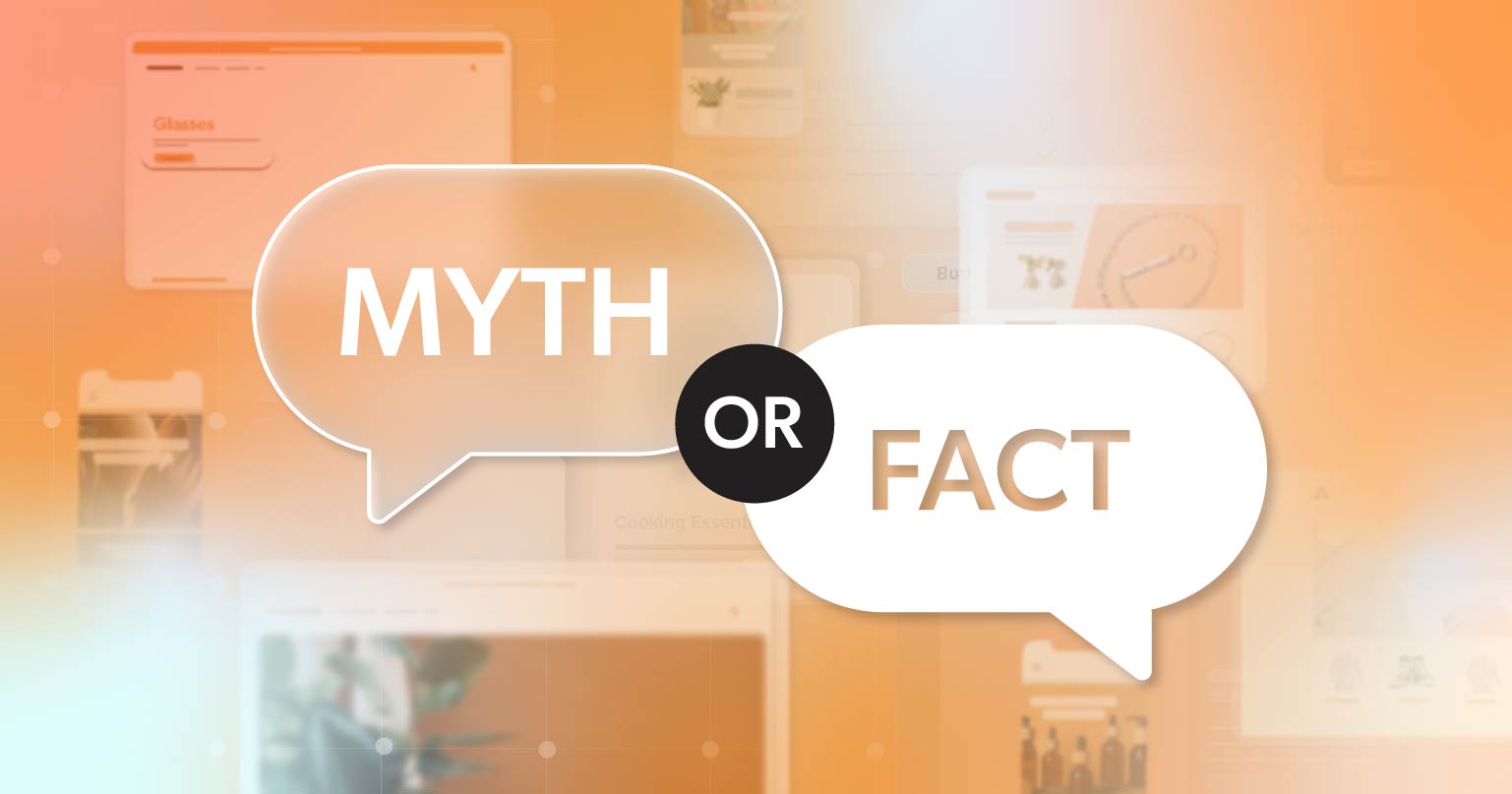With online video content becoming a cornerstone of business, marketing, and education, ensuring your videos are accessible to everyone is essential. One of the most effective ways to ensure your videos reach the widest audience possible is through closed captioning. But what exactly are closed captions? How do they work, and what actions must you take as a business or website owner? Let’s dive into everything you need to know about closed captions.
What Are Closed Captions?
Closed captions are text alternatives for words spoken in video or information conveyed through visual actions, designed to help people who are deaf or hard of hearing understand the content. Captions appear at the bottom of the frame and include the spoken dialogue and describe sound effects, music, or other audio cues critical to understanding the video. Closed captions can be toggled on and off by the video player, giving them control over how they experience the content.
Who Benefits From Closed Captions?
You might think closed captions are just for people with hearing impairments, but they benefit a much broader audience. Closed captions can help:
- Deaf and hard-of-hearing individuals: This is the primary group that closed captions serve, allowing them to access video content on an equal footing with hearing viewers.
- Non-native language speakers: Captions help people learning English or other languages follow along with the dialogue.
- People in noisy environments: Imagine watching a video in a busy coffee shop or on public transportation—captions make it possible to follow along even if you can’t hear the audio.
- People in quiet environments: Maybe you’re watching a video while a baby sleeps in the next room. With captions, you can follow the content without turning up the volume.
Closed Captions vs. Subtitles: What’s the Difference?
Though often used interchangeably, closed captions and subtitles aren’t quite the same. Subtitles are a text representation of the spoken words in a video. They benefit individuals with hearing impairments or people who can’t understand the spoken language but can otherwise visually perceive the content. For instance, subtitles often appear in foreign films. They don’t include sound effects or non-dialogue audio, which makes them less accessible for people who are deaf or hard of hearing.
On the other hand, closed captions include not just the dialogue but also sound effects and other crucial audio information, making them more comprehensive.
What are the Differences Between “Closed Captions” and “Open Captions”?
You’ve likely heard about “closed captions” and “open captions.” The critical difference between the two is control. Closed captions can be toggled on or off by the viewer, while open captions are always on—they’re embedded into the video file and cannot be turned off. While open captions may seem convenient, they don’t provide viewers the choice to disable them, which can sometimes detract from the viewing experience for those who don’t need them.
What Are the Legal Obligations for Closed Captioning?
As a website owner, business owner, or content creator, you must understand your legal obligations regarding closed captions. In the U.S., several laws and regulations address digital accessibility, including captioning for video content.
The ADA’s Requirements for Closed Captions
The Americans with Disabilities Act (ADA) states that businesses and organizations make their services accessible to people with disabilities. While the ADA doesn’t specifically mention closed captions, it requires that public-facing businesses and websites provide equal access to their services, which can include providing captions for video content.
The Department of Justice has provided guidance that websites should be accessible to everyone, and providing captions for videos is an integral part of ensuring your content meets the Web Content Accessibility Guidelines (WCAG), which help businesses comply with the ADA.
FCC Requirements for Closed Captions
For online video content that has aired on TV in the U.S., the Federal Communications Commission (FCC) requires closed captions. This regulation was expanded in 2012 with the introduction of the Twenty-First Century Communications and Video Accessibility Act (CVAA), which requires that any video programming aired on television with captions must include captions when distributed online.
This act means that if your business uses TV ads or commercials and also posts them online, they must be captioned. Even if your content hasn’t aired on TV, following FCC rules for captioning is a good best practice.
What Are the Benefits of Using Closed Captioning?
Adding closed captions to your videos isn’t just about legal compliance—it can offer significant benefits to your business:
- Expanded audience: Captioning your videos makes them accessible to more people, including those with hearing impairments, non-native speakers, and people in noisy or quiet environments.
- Improved SEO: Search engines can’t watch videos but can read captions. By adding captions, you give search engines more context to the relevance of your content, which can improve your rankings in search results.
- Better engagement: Captions can help viewers stay engaged with your content. Studies have shown that videos with captions have higher engagement compared to those without.
- Increased social media reach: Many social media platforms autoplay videos without sound. Captions can ensure your message gets across, even if the audio isn’t playing.
Best Practices for Closed Captioning
Here are some best practices for closed captioning video content:
- Ensure the captions are accurate: Inaccurate captions can confuse viewers or misrepresent your content. Invest in high-quality captioning services or use tools that offer high accuracy.
- Include non-dialogue audio: Remember that closed captions provide a complete audio experience for viewers who can’t hear. Include descriptions of music, sound effects, and other audio cues that are important to understanding the content.
- Use appropriate timing: Ensure that captions appear on-screen at the same time as dialogue or actions.
- Keep the text readable: Ensure the text is easy to read by using a legible font, high contrast between the text and background, and large enough size to be legible.
How to Add Captions to Videos
There are several ways to add captions to your videos, depending on the platform and your budget:
- Automated captioning tools: Platforms like YouTube and Facebook offer automatic captioning, though these tools often require manual review to ensure accuracy.
- Manual captioning: You can create captions manually if you have the resources. Many video editing tools allow you to add captions by entering the text.
- Professional captioning services: You should invest in a professional service specializing in closed captioning for high-quality, accurate captions. These services usually charge based on the length of the video.
What If My Video Service Doesn’t Support Closed Captions?
If your platform doesn’t support closed captions, consider switching to one that does. Most popular video hosting services, including YouTube, Vimeo, and Wistia, provide captioning options. If switching platforms isn’t feasible, you can include a transcript of the video as an alternative. However, this is not a perfect substitute for closed captions, as transcripts don’t provide the real-time viewing experience that captions do.
Conclusion
Closed captions are a great way to make online video content accessible to everyone, and they offer many benefits, from legal compliance to better engagement and SEO. As a business or website owner, adding captions to your videos can broaden your audience, improve your content’s reach, and ensure you’re providing a digital experience that’s inclusive to everyone.
Remember to follow the ADA, FCC, and WCAG guidelines, and always aim for accuracy and readability when adding captions to your videos. If you’re unsure if your video content is leaving you vulnerable to expensive litigation or causing you to miss out on revenue, reach out to 216digital for a courtesy evaluation.


